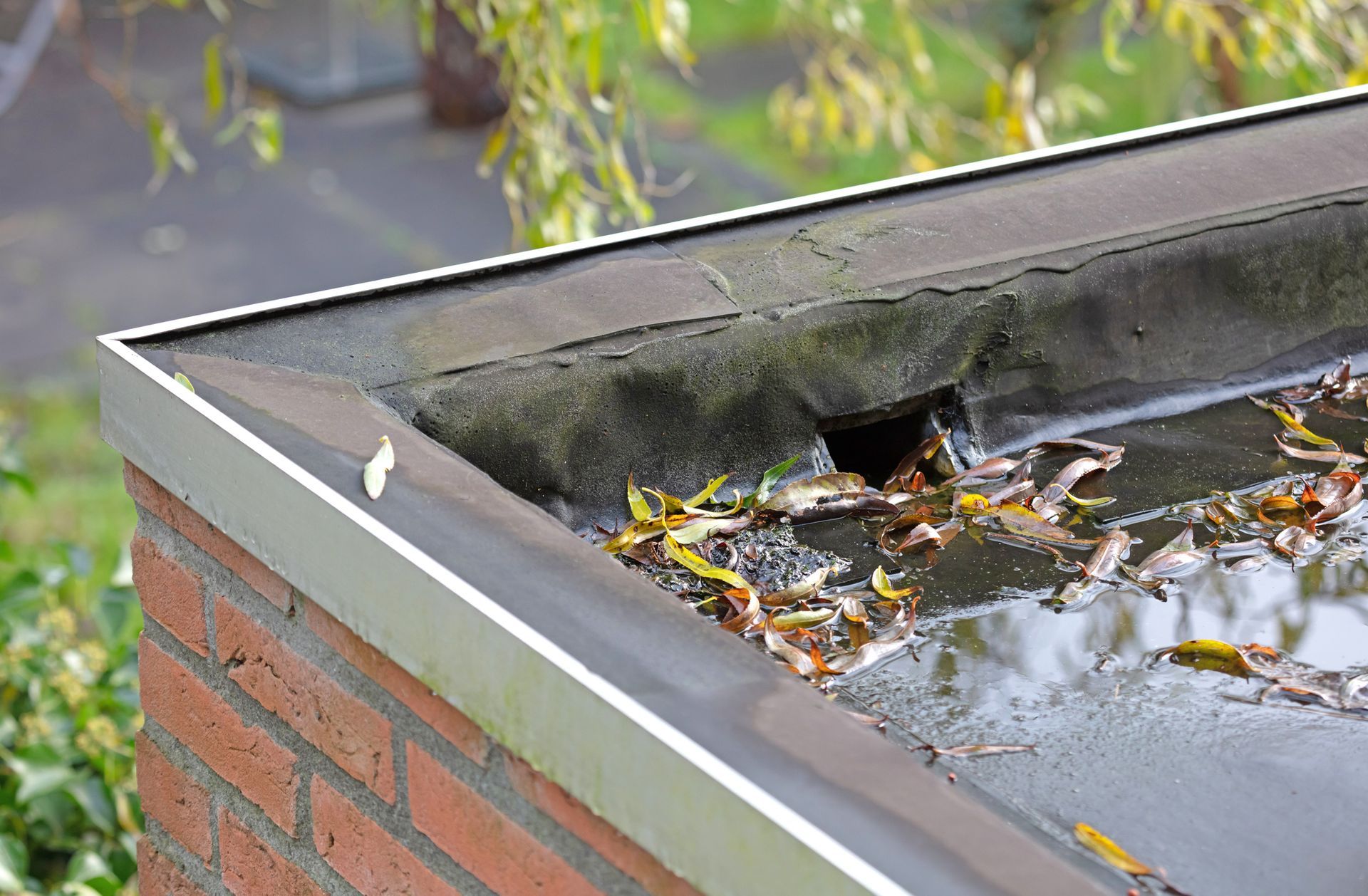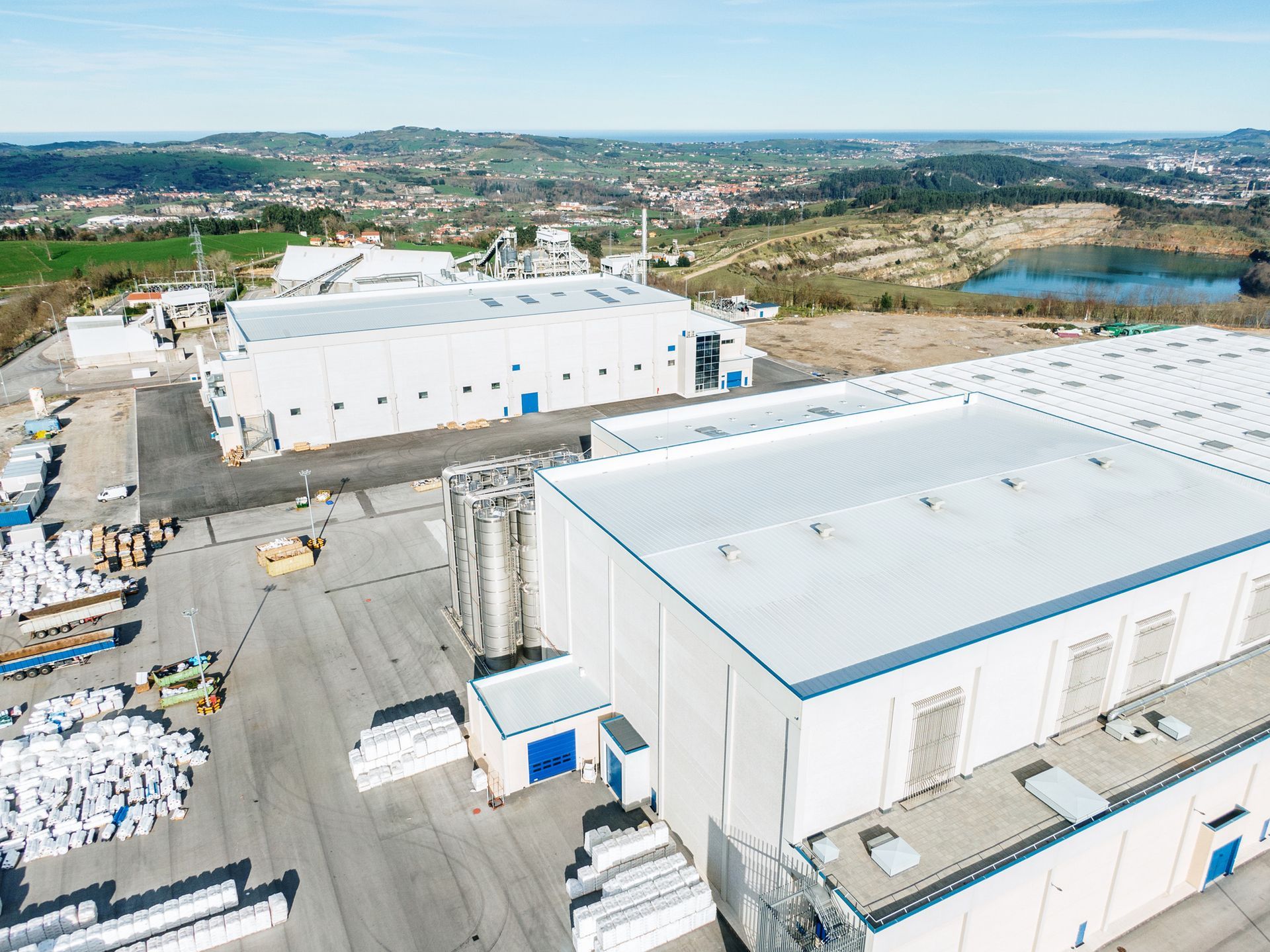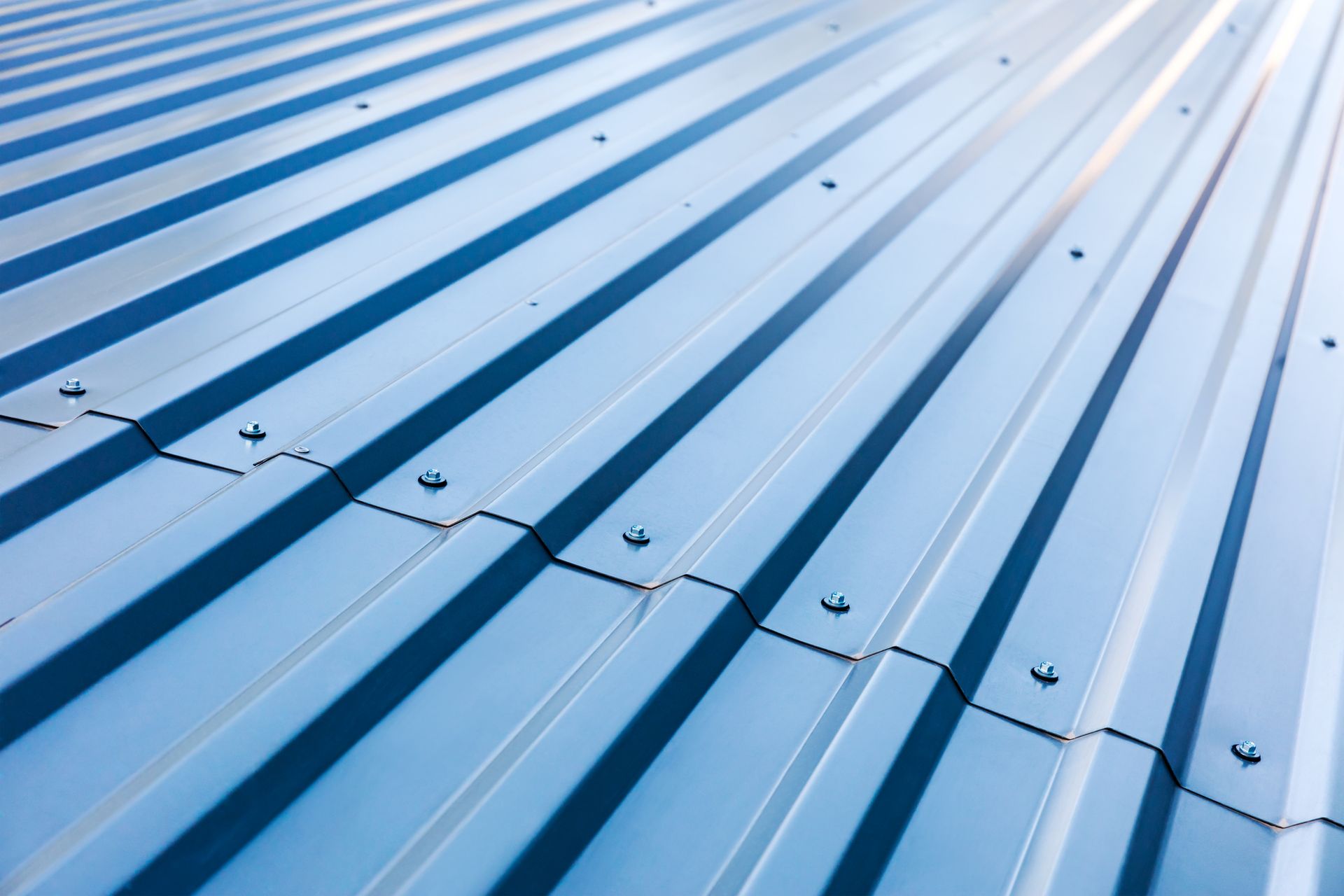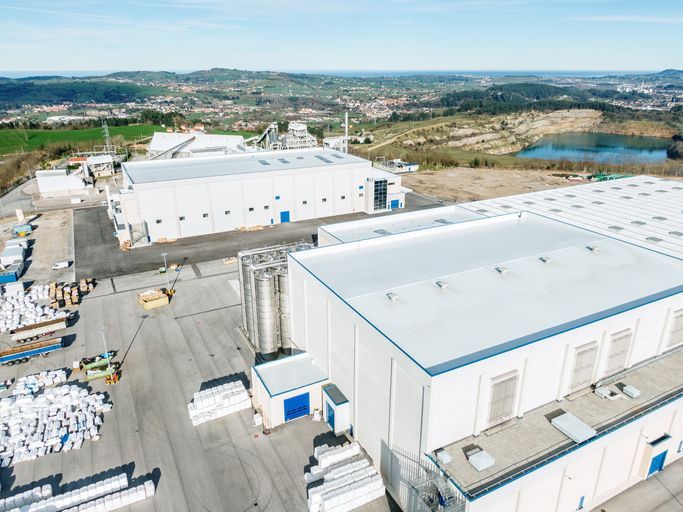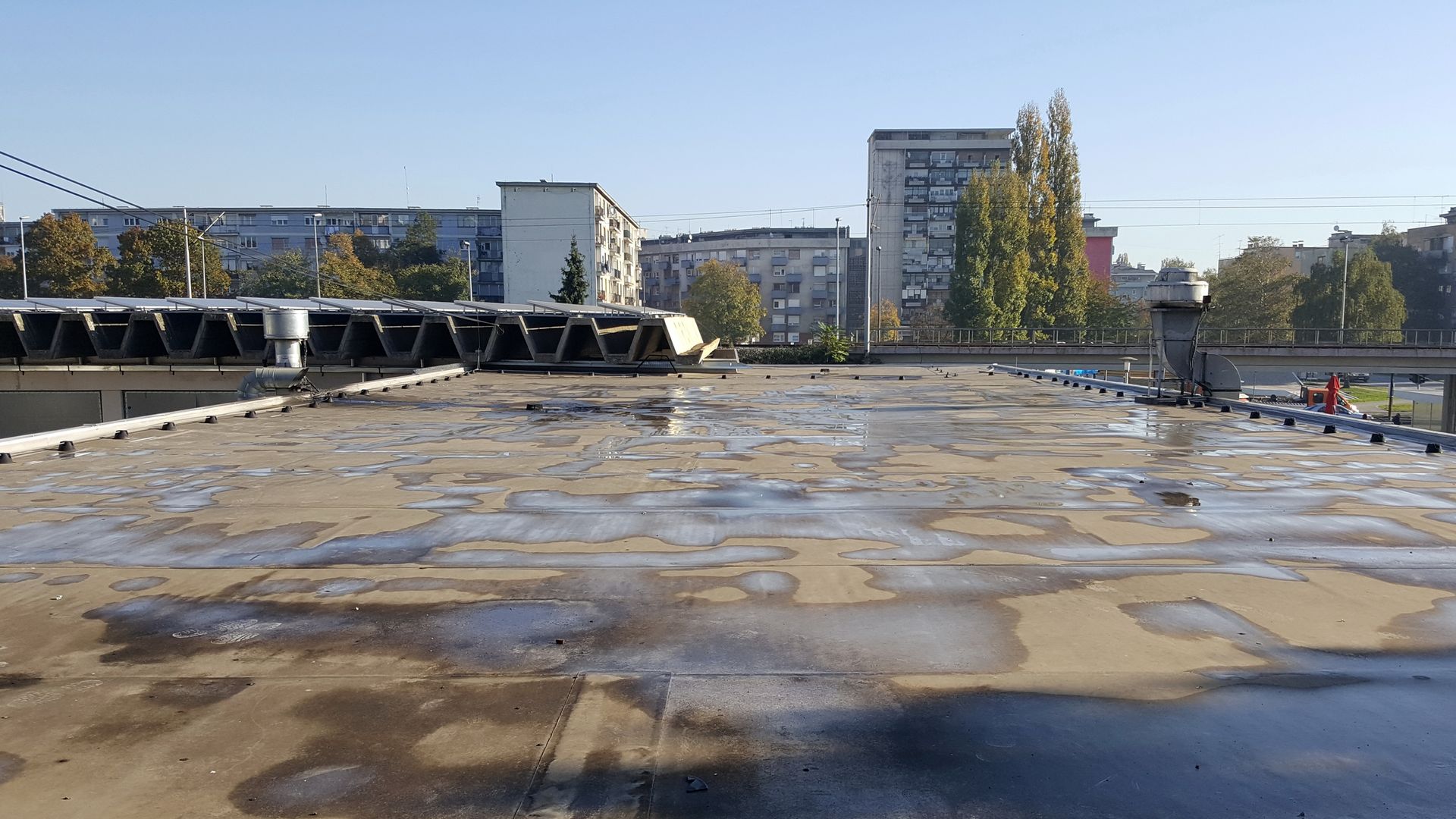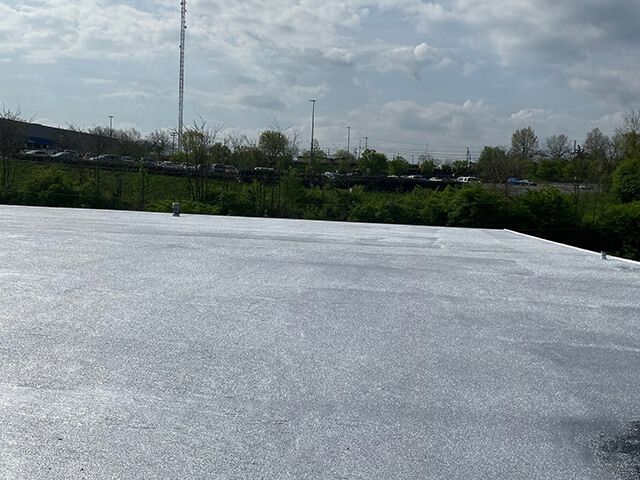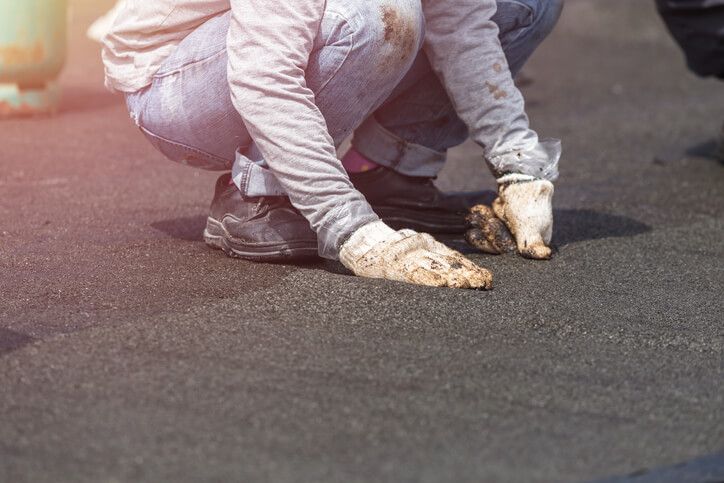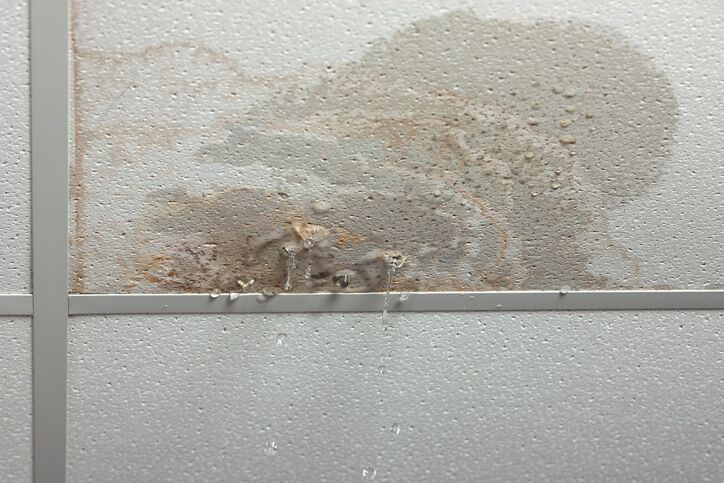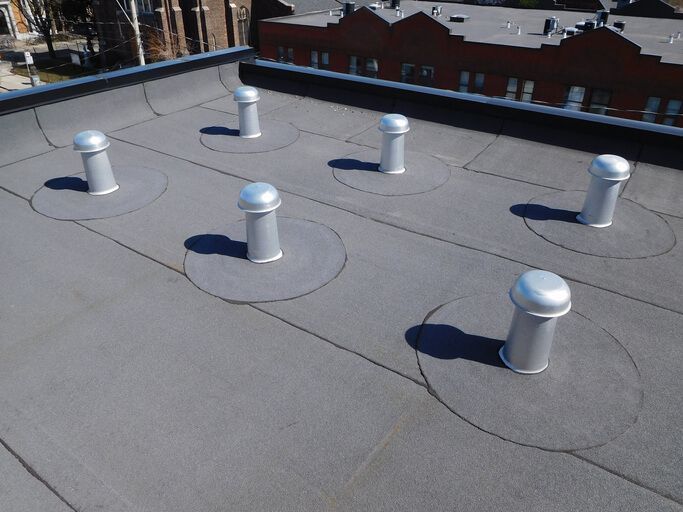What’s the Best Type of Roofing for Florida?
When choosing the right commercial roof for your property in Florida, it is important to consider a variety of factors. Your roof will need to be able to withstand the weather and the heat in Florida.
With various types of roofing to choose from, there are certain types of commercial roofing that work best for Florida’s conditions.
Finding a Roof That’s Right for Florida Weather
Florida is known for rough storms, including heavy rains and high-speed winds, which can lead to critical damage to a commercial roof. The constant water pooling and high wind can easily damage subpar roofing materials, leaving you with a damaged roof and a bill for expensive repairs.
Additionally, Florida experiences high temperatures and humidity. The heat and UV Rays from the sun can cause certain roofing materials to crack, shrink, and experience seam failure. The salt in the air from the ocean can also degrade roofing materials, making it crucial to choose the most durable roofing option for the optimal lifespan.
TPO roofing
Thermoplastic Olefin (TPO) roofing systems are a good option for Florida commercial roofs due to their ability to save you money on energy costs and maintenance. TPO roofs are made from a durable thermoplastic product that is mechanically installed or fully adhered to. With white color, this type of roofing will provide heat reflection and additional protection from UV rays.
This type of roofing has a lifespan of about 20 years but can shrink as time goes on, which can cause the flashing and seams to come apart. This material can also become brittle over time, leading to damage and expensive repairs.
Metal Roofing
Metal roofs can be made from either steel, aluminum, or copper, with steel being the most common due to the lower cost. The gauge, fasteners, crown, and gutter design are factors in the durability of the metal roof. In Florida, a metal roof would more commonly be constructed out of aluminum to help resist the corrosion from the salt air or galvalume, depending on how far the property is from the ocean. With proper installation, a metal roof will not start to show its age until about 20-25 years old.
For metal roofing, there are a few cons which include, there are no leak-through warranties, and signs of aging include panels becoming loose, screws backing out, delaminated coating, penetration damage, and rust.
Monolithic Roofing
A Monolithic roofing system is installed in one complete piece, with no seams. This provides a long lifespan and reduces the risk of leaks and flashing failures. This type of roofing system can also be built on top of most existing roofing systems, providing you with a durable, flexible, and strong commercial roofing option.
The Advantage Systems Roofing System is 3-4 times thicker than competitors’ roofing materials to protect against items that have fallen or are thrown onto the roof, which would be helpful in Florida during hurricane season. This thickness also helps to protect against maintenance damage caused by screws or metal casings. This system’s flexibility allows it to accommodate flashings and other items on the roof for a seam-free installation, avoiding weak points in the roof where leaks and other damage can occur.
With Advantage System Roofing System’s highly reflective properties, Florida property owners can also save on cooling costs. Additional insulation can also be added to further lower energy costs.
Florida Commercial Roofing Services
If you are seeking a professional and experienced Orlando commercial roofing contractor, look no further. ACR1 has the tools and advanced materials you need for a durable roof that can withstand the harsh Florida weather. Contact us today to learn more!
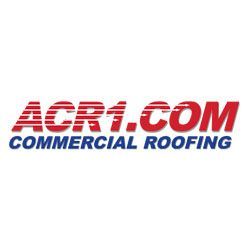
Author:
Floyd Mason
Born and raised in farming in Iowa
Worked in and around construction since 1977
BS in Corporate Finance and Financial & Estate Planning from Brigham Young University. Involved in Boy Scouts of America for more than 35 years, Scoutmaster 15 years Estimator, Project Manager, Sales Representative, Crew Leader, Laborer, Territory Manager, District Manager, Regional Manager, National Sales Manager,
ACR1.COM Sales & Marketing Manager since 2013.
